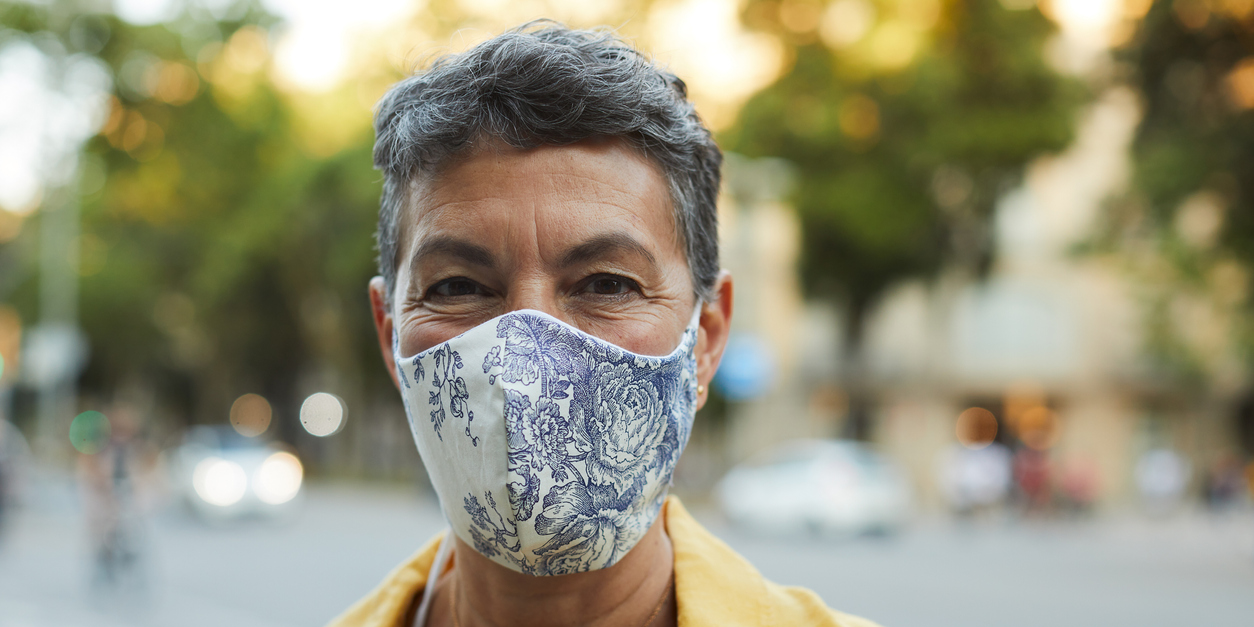
Homemade face masks – not all cut from the same cloth
SYDNEY, JULY 28 - Making your own face masks? An international team of researchers led by A/Professor Catherine Clase from McMaster University Ontario have found that the type of cloth and the number of layers used can impact how effective they will be at protecting you from COVID-19.
The study, published in Mayo Clinic Proceedings, found that masks made from tea towels and good quality cotton t-shirts used in at least two layers, but preferably three to four, performed best.
Co-author, Associate Professor Meg Jardine from The George Institute for Global Health said that this information was extremely timely, given the current resurgence of the virus in parts of Australia.
“With the wearing of masks now mandatory in Melbourne and recommended in other parts of the country when social distancing is not possible, not everyone can afford, or has access to commercial disposable or medical masks,” she said.
“People who are opting to make their own need guidance on what materials to use to ensure they provide the best protection possible. We have some easy instructions on making, wearing and cleaning cloth masks online at www.clothmasks.ca”
Researchers scoured the medical and scientific literature for studies of the effectiveness of different types of cloth masks in filtering out larger droplets and smaller sized particles or aerosols.
They found 25 articles. Some looked at protection for the wearer, often using a manikin wearing a mask, with airflow to simulate different breathing rates. Others looked at how the mask would protect the environment, using healthy volunteers.
Cotton, muslin (a type of unfinished cotton), and flannel are the materials tested in the most studies.
Multilayered cloth masks can show remarkable filtration efficiency in the outward direction, reducing all particles by 64-99% and aerosols by 72-99% emitted by the wearer: for some designs comparable or better than commercial medical masks.
In terms of protecting the wearer from particles in the environment, complex, multi-layer homemade masks can filter above 90% of particles, and simple one-layer masks can be as efficient as medical masks.
“The advice on the use of cloth masks for the general public use has evolved, with the WHO gradually changing its position from not recommending it at all in April to stating that governments should encourage it when social distancing is not possible in early June,” said A/Prof Jardine.
“The best way to reduce community transmission of COVID-19 has been a rapid and steep learning curve around the world. The management of this global crisis requires detailed appraisal of evidence to support clear, actionable, and consistent public health messaging,” she added.
The authors concluded that cloth masks can offer substantial filtration - in some cases equivalent to some medical masks - and while physical distancing, hand washing and disinfection of surfaces should remain the cornerstones of policy, the wearing of cloth masks could help prevent transmission of the virus. But the ultimate goal would be to establish evidence-based standards for these masks.
“Modelling studies suggest that in conjunction with periods of lockdown, even 50 percent adherence to a 50 percent effective cloth mask dramatically alters the total numbers affected,” added A/Prof Jardine.
“In this fast-moving unpredictable situation, that’s got to be enough to recommend them.”







